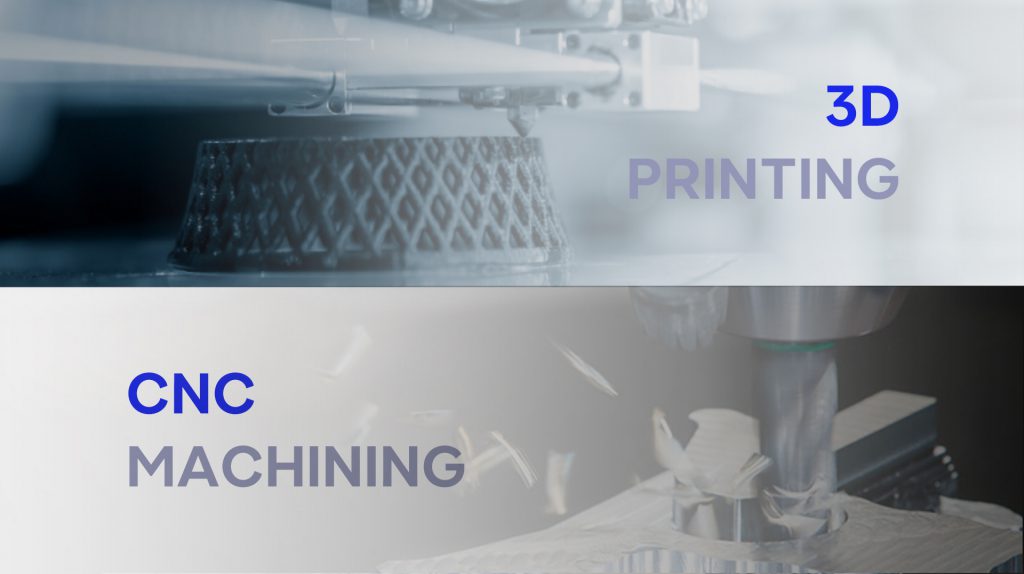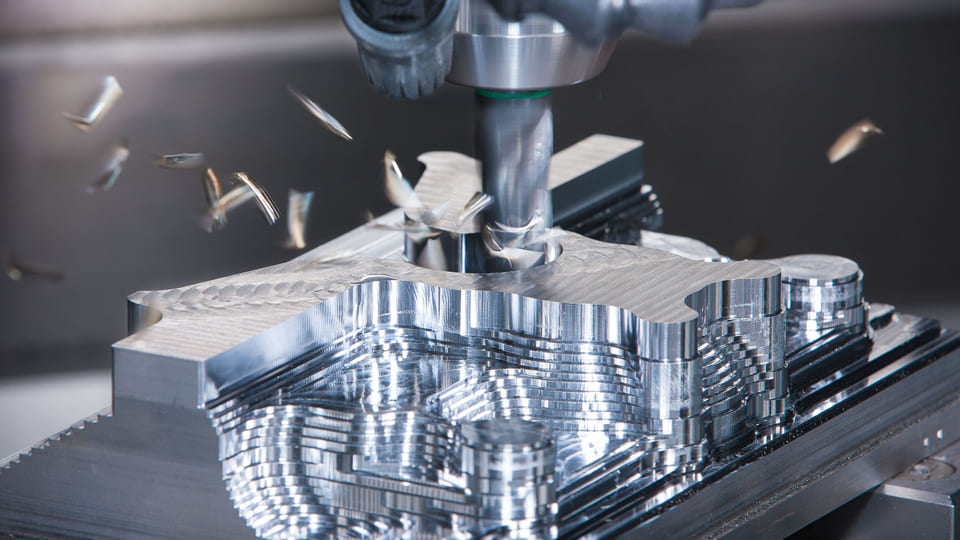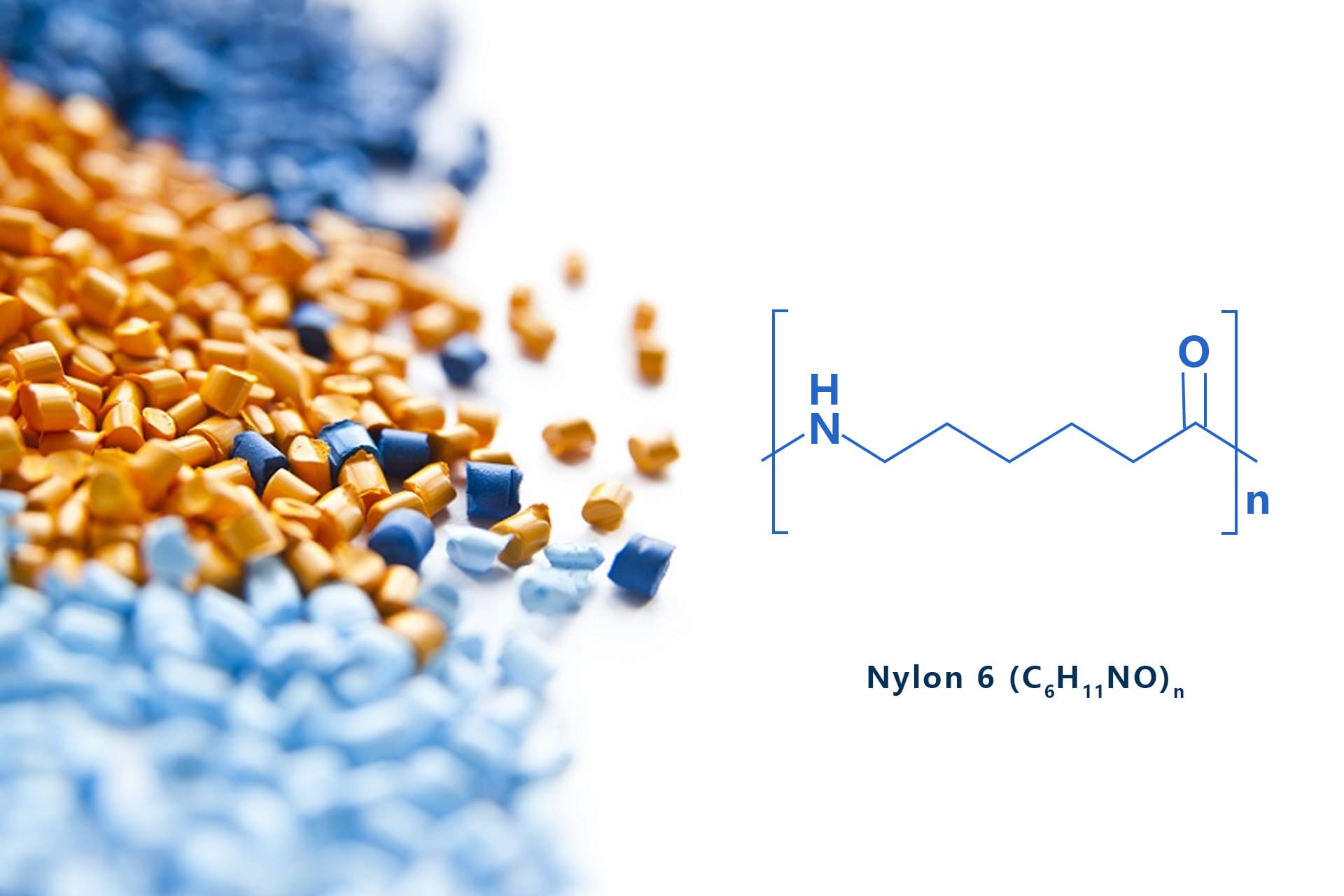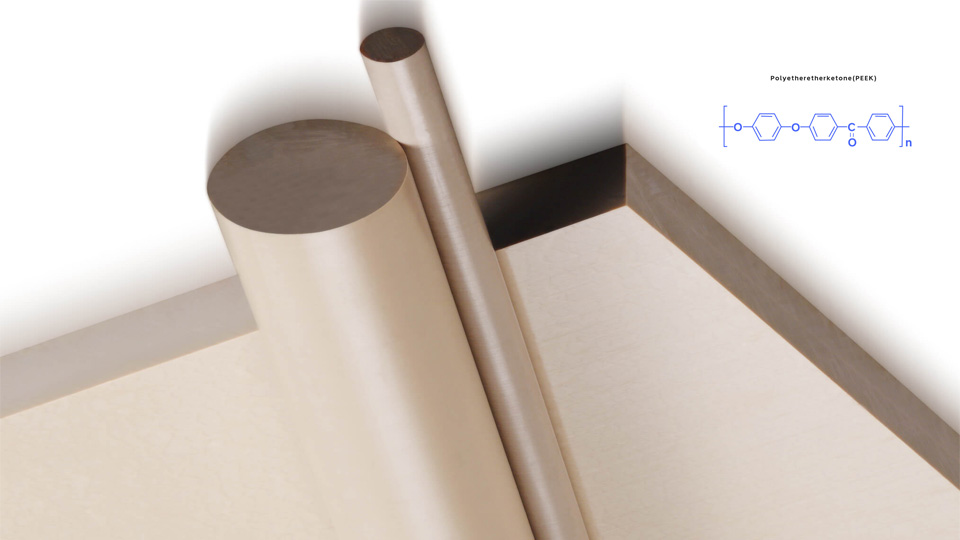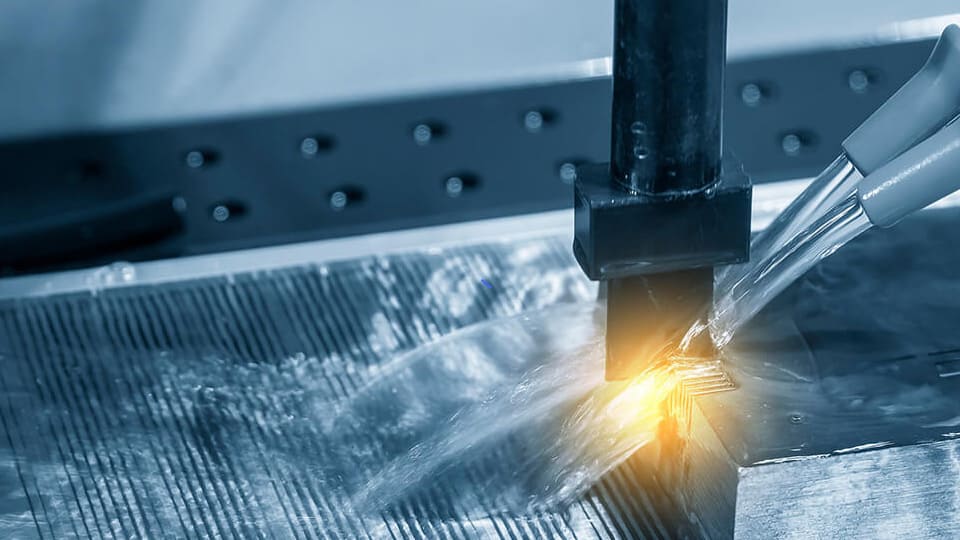Which is better for your customized part applications, CNC machining or 3D printing? Discover the practical distinctions between 3D printing and CNC machining, as well as how to choose the best technology for producing prototypes and finished goods.
A brief introduction to CNC Machining and 3D Printing
CNC machining stands out as a prevalent subtractive manufacturing technology, utilizing various rotating tools to transform solid raw material blocks, known as blanks, into near-finished components. Renowned for its repeatability, high accuracy, and versatility in handling different materials, CNC machining is a preferred method for both small-scale and medium to high-volume production.

On the other hand, 3D printing, falling under additive manufacturing, builds parts layer by layer without the need for specialized tooling or fixtures. This method minimizes initial setup costs compared to CNC machining.

While CNC machining and 3D printing operate differently, their applications overlap, especially in the realm of prototypes and functional end-use parts made from various materials such as plastics and metals. In this article, we delve into key technological considerations to guide you in choosing the most suitable manufacturing technology for your custom parts.
3D Printing vs CNC Machining: Choosing the Right Manufacturing Technology
When deciding between 3D printing and CNC machining, several factors come into play. As a general guideline, parts easily manufactured through a subtractive process are typically produced with CNC machining. CNC machining boasts superior dimensional accuracy and mechanical properties in all dimensions compared to 3D printing, albeit with a potentially higher price tag, especially for smaller volumes.
Optimal Scenarios for 3D Printing:
- Highly complex, topology-optimized geometries.
- Need for a fast turnaround time.
- Budget constraints (3D printing is generally more cost-effective for small volumes).
- Production of a small number of identical parts (fewer than 10).
- Requirement for materials challenging to machines, such as flexible TPU.
For higher quantities (hundreds or thousands of components), traditional forming technologies like injection molding may be more economically viable.
Number of Parts: Choosing Between 3D Printing and CNC Machining
The quantity of parts you plan to produce is crucial in the decision-making process. Here’s a breakdown based on the number of parts and materials:
| Number of Parts | 1-10 | 10-100 | 100-1000 | 1000+ |
|---|---|---|---|---|
| Plastic | 3D printing | 3D printing | CNC machining (consider injection molding) | Injection molding |
| Metal | 3D printing & CNC machining | CNC machining (consider 3D printing) | CNC machining (consider die casting) | Die casting |
Comparing Materials: Machining Metals vs. Printing Plastics
CNC machining primarily works with metals but is flexible enough to handle thermoplastics, acrylics, softwoods, hardwoods, modeling foams, and machining wax. 3D printing focuses on thermoplastics and thermosets, with some technologies enabling the printing of metals, ceramics, wax, sand, composites, and biomaterials.
CNC Machining Materials:
- Plastics: ABS, Nylon, Polycarbonate, PEEK
- Metals: Aluminum, stainless steel, titanium, brass
- 3D Printing Materials:
- Plastics: Nylon, PLA, ABS, ULTEM, ASA, TPU
- Metals: Aluminum, stainless steel, titanium, Inconel
Manufacturing Complex Parts: CNC Machining vs. 3D Printing
Part complexity is critical in choosing between 3D printing and CNC machining. CNC machining presents design limitations related to tool access, clearances, and the inability to machine square corners. Repositioning adds to processing and labor time, potentially requiring jigs and fixtures, and impacting the final price.
In contrast, 3D printing has fewer geometric limitations. While support structures may be needed for some processes, the design freedom and capacity for complexity outweigh the considerations associated with CNC machining.
Manufacturing Workflows: 3D Printing vs. CNC Machining
Understanding the manufacturing workflows is crucial. CNC machining involves a labor-intensive process, with the machine operator making decisions on tool selection, spindle speed, cutting path, and potential part repositioning. On the other hand, 3D printing simplifies the process, with the operator preparing the digital file, choosing orientation, and letting the printer handle the building work with minimal human intervention.
Post-Processing: 3D Printing vs. CNC Machining
3D printing and CNC machining benefit from post-processing methods to enhance functional and cosmetic qualities. Common post-processing techniques include bead blasting, anodizing, powder coating for CNC machining, and media blasting, sanding & polishing, micro-polishing, and metal plating for 3D printing.
